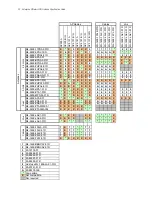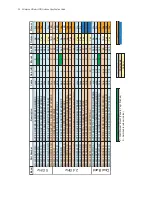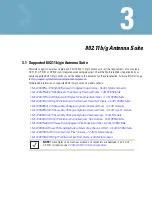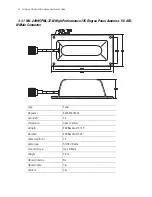
Antenna Selection and Description
1.1 Antenna Selection
While several antennas may work in a given environment, some will provide better coverage than others.
Using the right antenna in the right location will maximize both the performance and coverage of your
network. Understanding the key characteristics that describe how an antenna sends and receives radio
frequency signals is critical to finding the ideal antenna for your deployment. This guide supports the
antennas used for an AP-5131 or AP-5181 model access point and an AP300 (non-integrated antenna) model
access port.
Motorola Enterprise Wireless LAN products operate in the 2.4 GHz and 5 GHz ISM bands allocated for
unlicensed use. Access point and access port products available today support either the 802.11b/g or the
802.11a standard, or both. Wireless devices conforming to the 802.11b/g standard operate in the 2.4 GHz
ISM band, while 802.11a devices operate in the 5 GHz band. The antennas in this guide are grouped
according to the frequency band they support. Some antennas are designed to operate on either band. These
antennas (described as "Dual-band") may be connected to radios operating in either the 2.4 or 5 GHz bands,
although a single antenna may not be connected to two radios at the same time.
Summary of Contents for AP 5131 - Wireless Access Point
Page 16: ...1 10 Enterprise Wireless LAN Antenna Specification Guide ...
Page 46: ...3 26 Enterprise Wireless LAN Antenna Specification Guide ...
Page 60: ...4 14 Enterprise Wireless LAN Antenna Specification Guide ...
Page 70: ...5 10 Enterprise Wireless LAN Antenna Specification Guide ...
Page 80: ...7 6 Enterprise Wireless LAN Antenna Specification Guide ...
Page 110: ...11 12 Enterprise WLAN Antenna Specification Guide ...
Page 113: ......








































